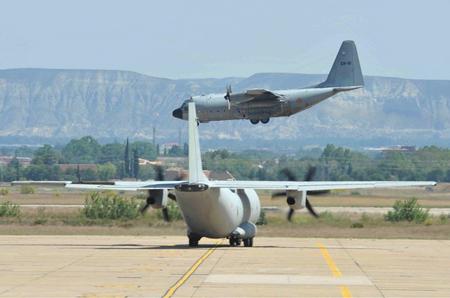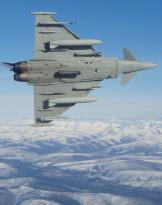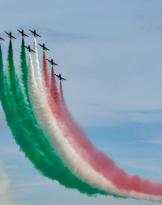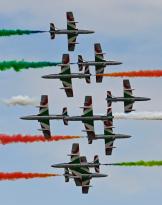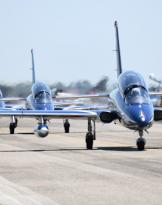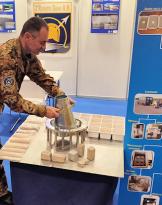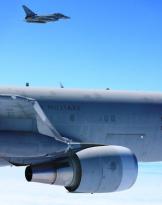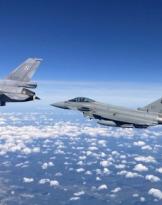"EATT 14" brings together more than 460 participants, 19 teams and 10 transport aircraft of 5 different types, from 10 different countries.
The participating countries are beyond Italy
1. Belgium (one C-130 and two crews), 2. Bulgaria (one C-27J and two crews), 3. Czech Republic (one CN-295 and one crew), 4. France (one C-130 and two crews), 5. Germany (one C-160 and two crews), 6. Lithuania (one C-27J and one crew), 7. Netherlands (one C-130 and two crews), 8. Spain (one CN-295 and two crews), 9. Norway (one C-130 and two crews) 10. Greece (one F-16 and one EMB-145H AEW & C).
Austria, Finland, Hungary, Portugal, Romania, Sweden, the United Kingdom, and the United States as observers, with the intention of joining next year's exercise.
The purpose of the EATT 2014, hosted on the Plovdiv air base (Bulgaria), is to test and increase the level of interoperability of each participating country in multinational contexts, such as those in which modern air forces are increasingly called upon to operate. . Projecting one's forces, means, materials at great distances, in places that are difficult to reach, hostile and in a short time, interacting with the assets of other countries, is in fact the imperative that underlies modern military operations. The Air Force is present with a C-130J of the 46 ^ Pisa Air Brigade. They integrate the Italian detachement, a maintenance cell for logistic support, an intelligence non-commissioned officer and two pilot officers and a non-commissioned officer (Loadmaster) with mentor functions.
During the EATT 14, the most demanding mission profiles will be tested: transport and personnel and material drop-off (including JPADS), support for special operations, low-level tactical operations in a hostile environment, landings on semi-prepared tracks, training with other aircraft and engagements with fighter aircraft (MIG-29 and F-16) as well as various types of ground air threats.
In Europe, tactical training for transport departments is strictly an aspect of national interest. Since operationally speaking the context of multinational operations constitutes an increasingly consolidated reality and not an exception, the need for common training becomes increasingly important and meaningful. The common goal of this exercise is to achieve a high level of interoperability between tactical transport aircraft both at an operational and training level.
Source: UGCOM - Public Information Office - Rome

